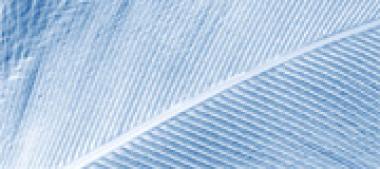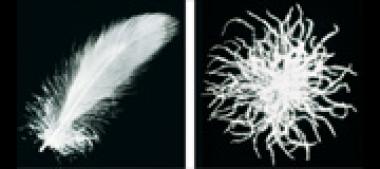What is meant by fill weight?
Fill weight defines the weight of the filling (fill mass) of a bedding product as for instance a duvet or a pillow.
The fill weight is not identical with the total weight as the weight of the textile cover, the shell, also has to be added to it.
In general, a higher fill weight means a higher degree of insulating capacity. Then again, the duvet should not be too heavy, burden the sleeper but adapt optimally to the body. That is the reason why down duvets are so popular: Down are very much lighter than feathers. Despite the same weight, they have a much larger volume and can enclose a high amount of air which is a poor heat conductor. The result: Down are light but at the same time they offer excellent thermal insulation properties.
Fill weight is not to be confused with fill power.
When buying a duvet, one should pay attention to a suitable proportion of fill weight and total weight.
A duvet consists of the fill weight and the weight of the cover, the so-called shell. A low fill weight of down and/or feathers combined with a heavy cover makes a heavy total weight with only a minor insulating capacity. This means an unnecessarily high weight while asleep.
Further information at :













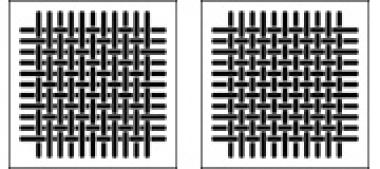

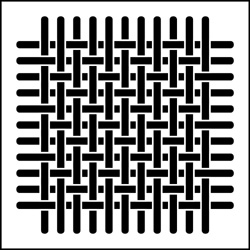 Ticking (also called twill): Fabric mainly used for pillows. It is spun in twill weave.
Ticking (also called twill): Fabric mainly used for pillows. It is spun in twill weave.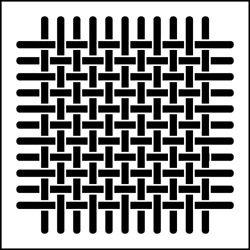 Cambric (also called Percale): Fabric mainly used for quilts. Cambric is woven in plain weave.
Cambric (also called Percale): Fabric mainly used for quilts. Cambric is woven in plain weave.






